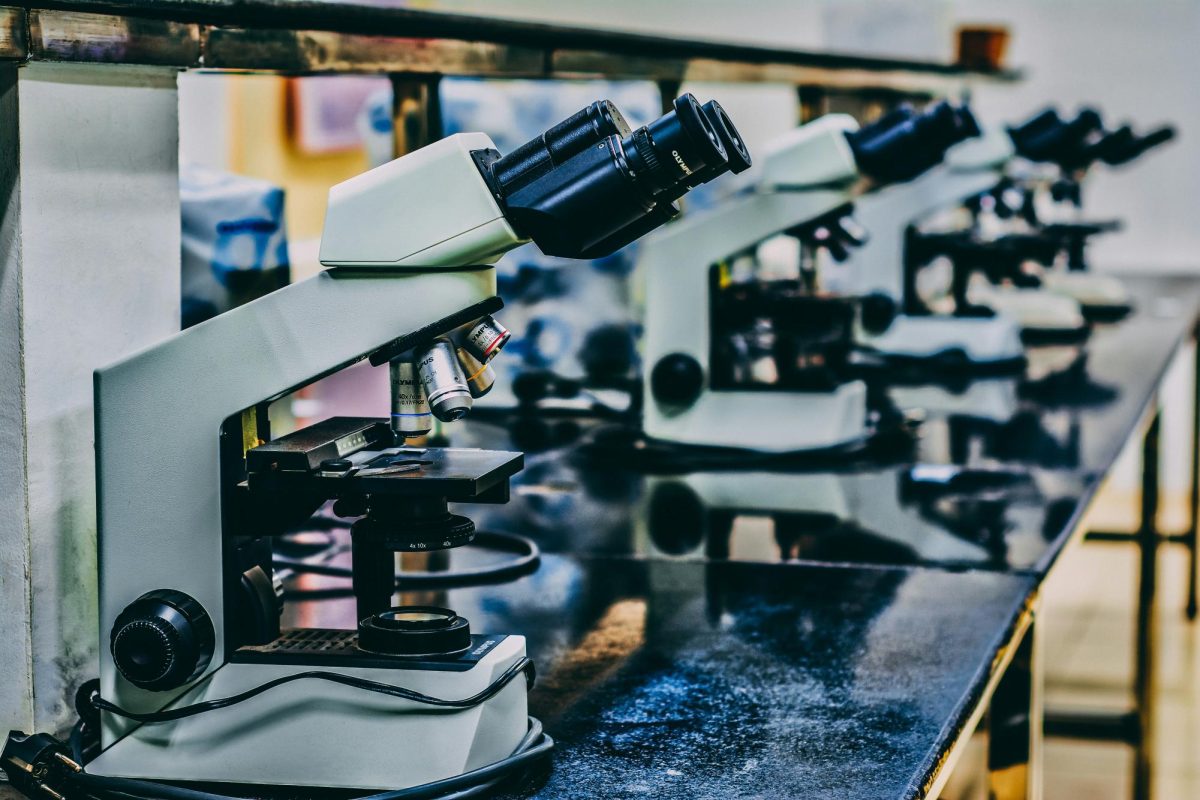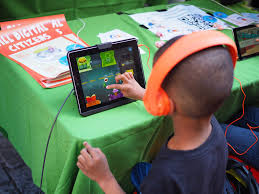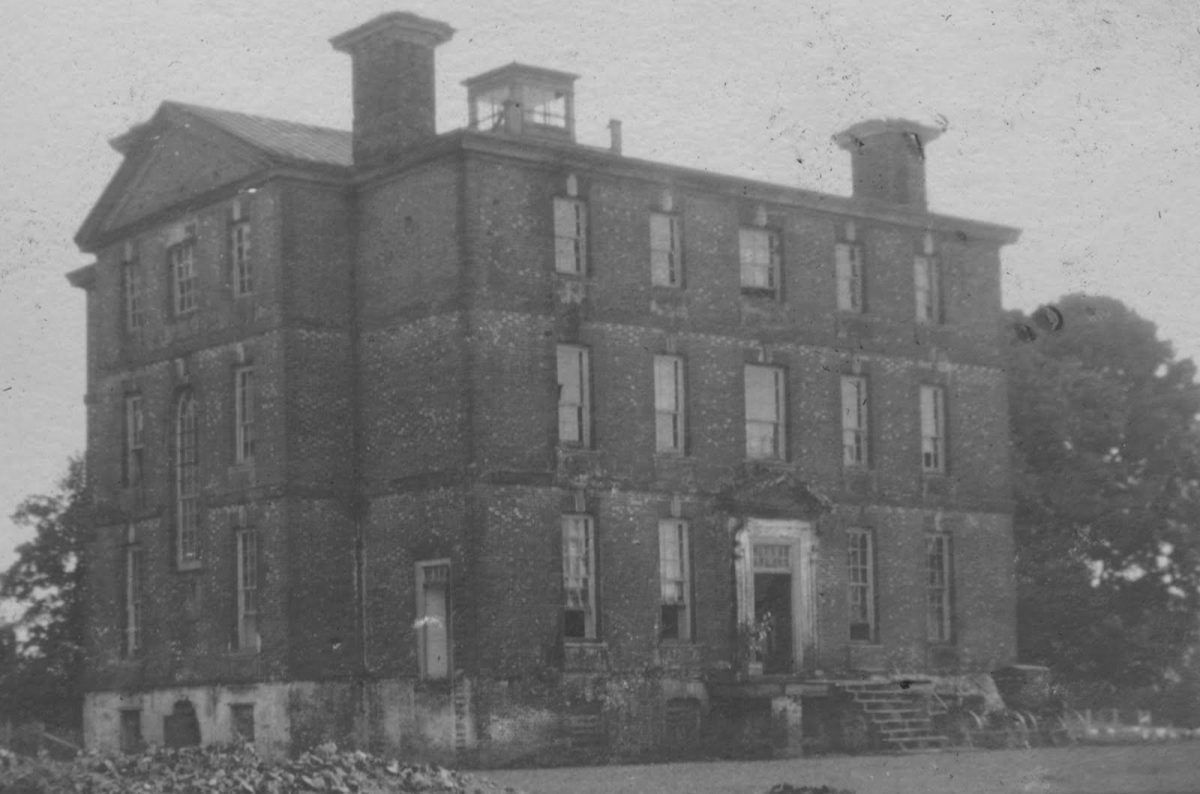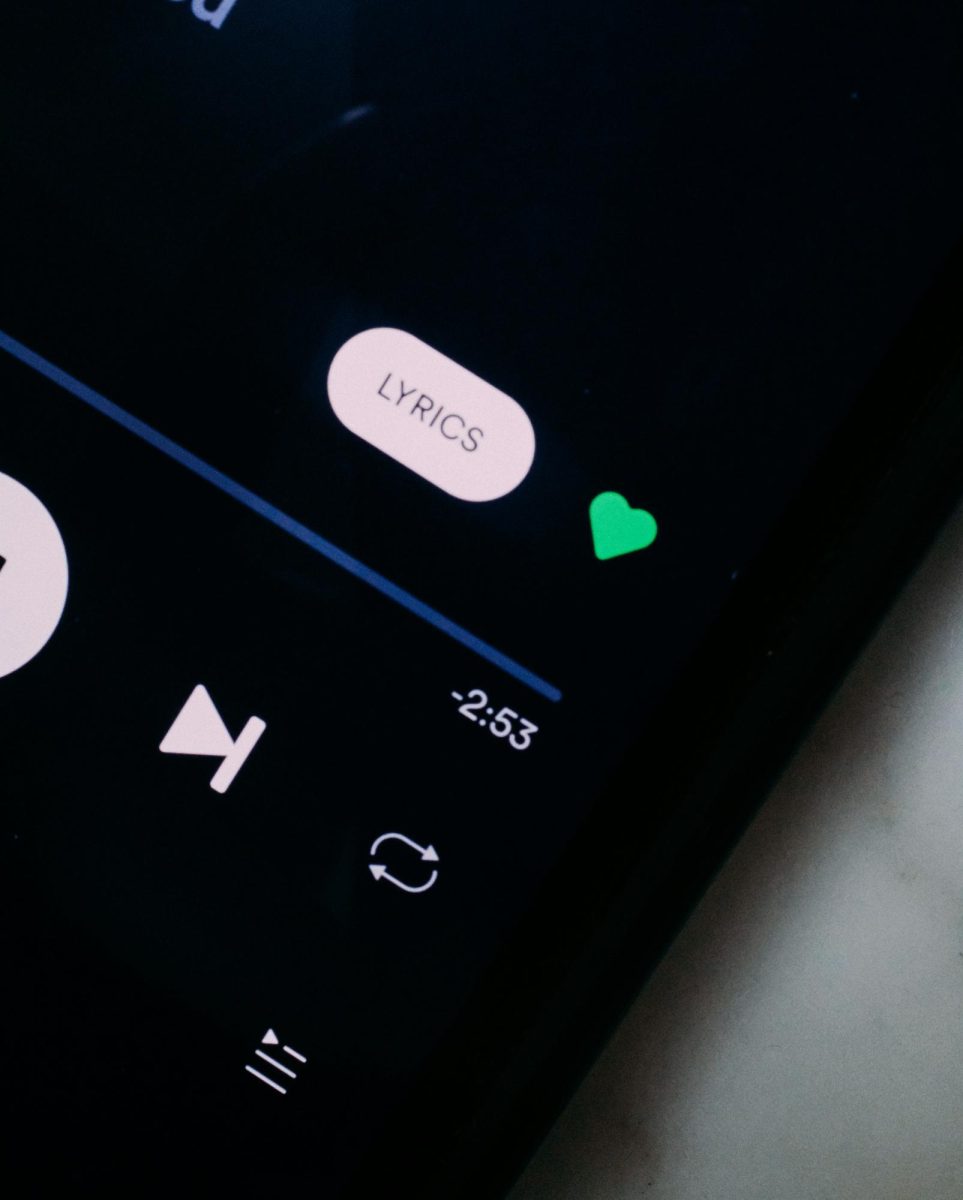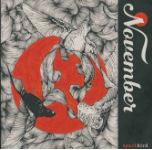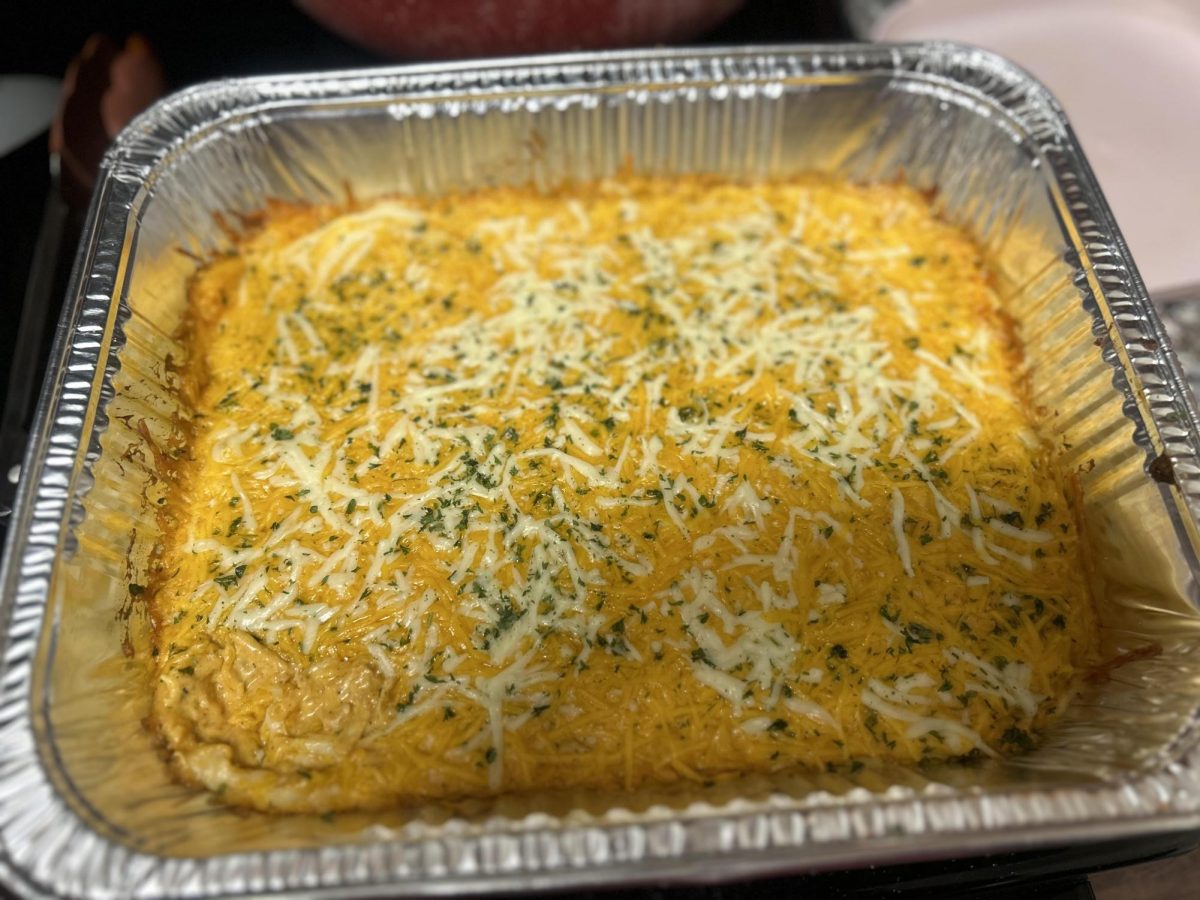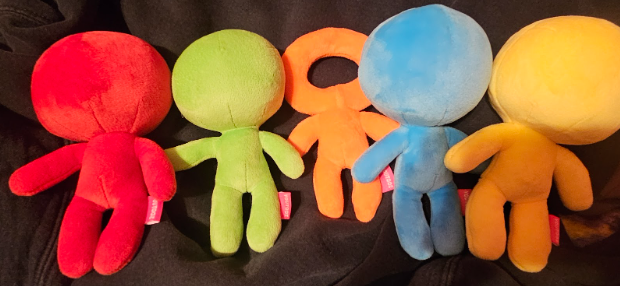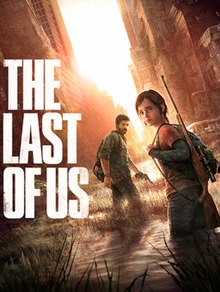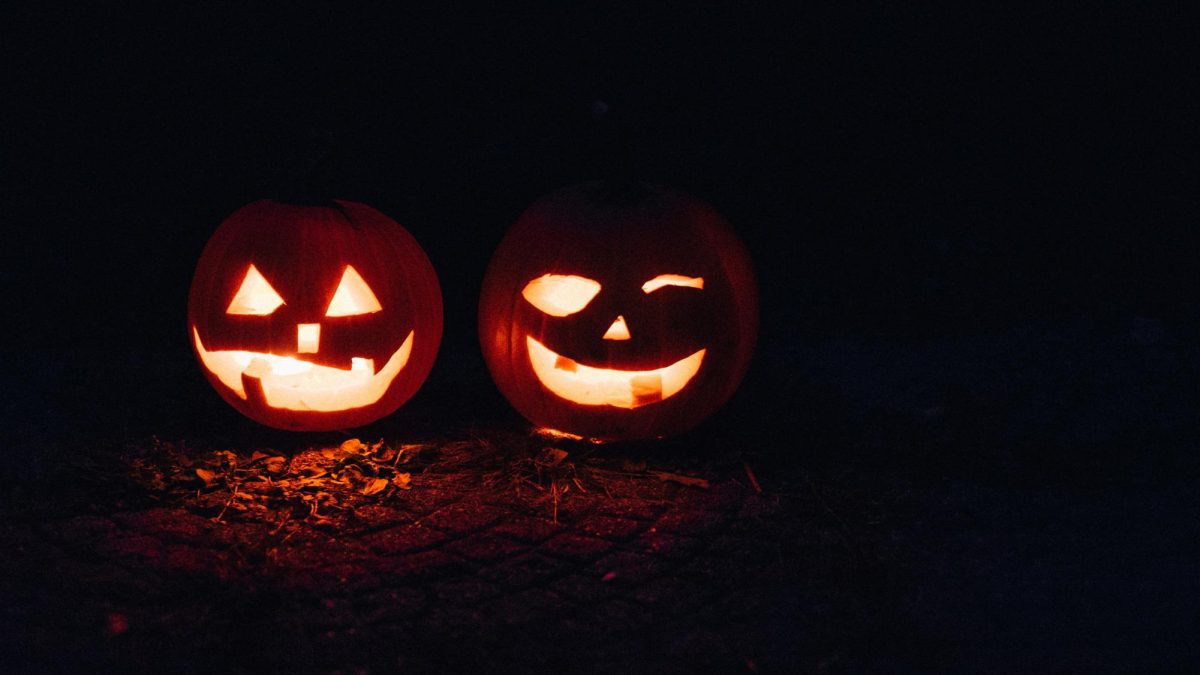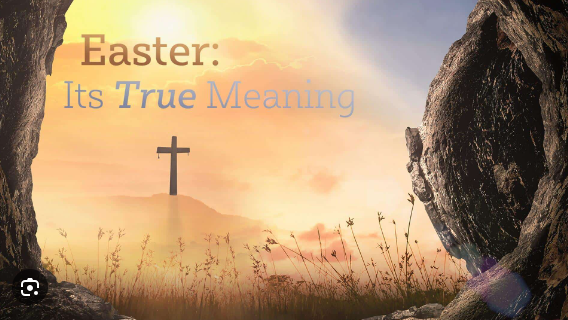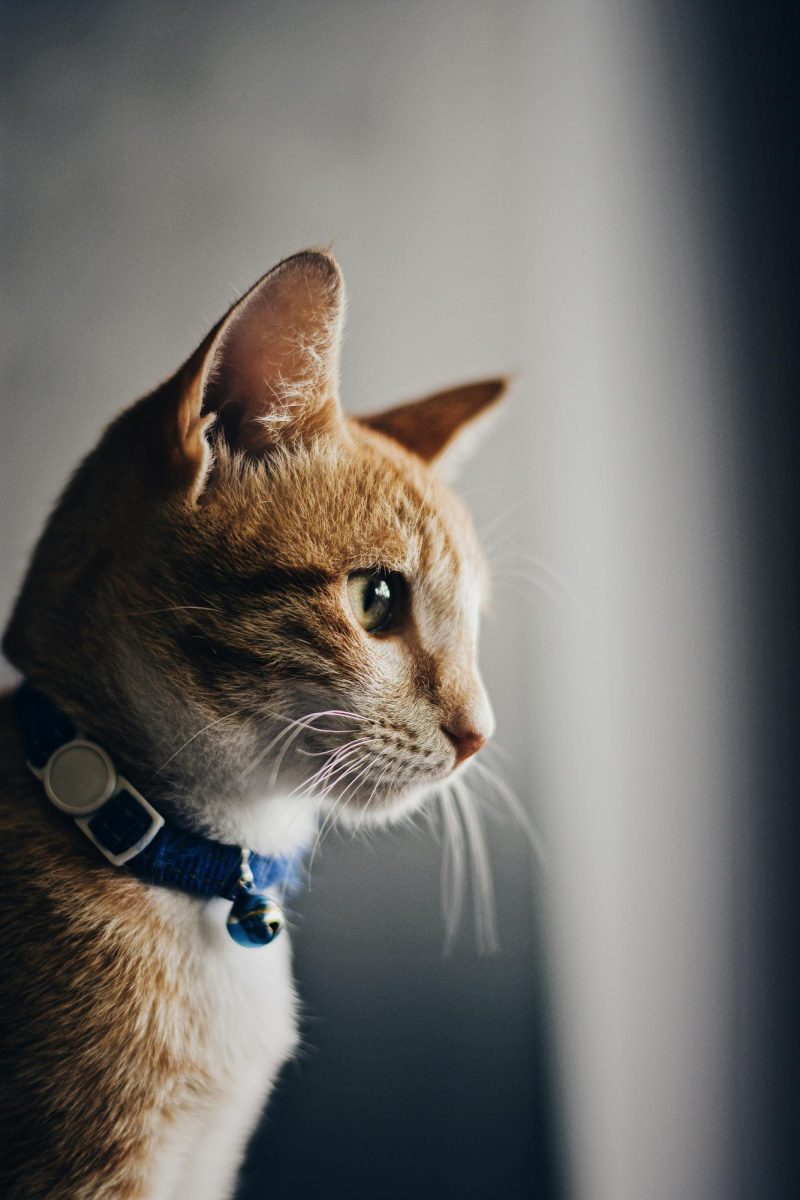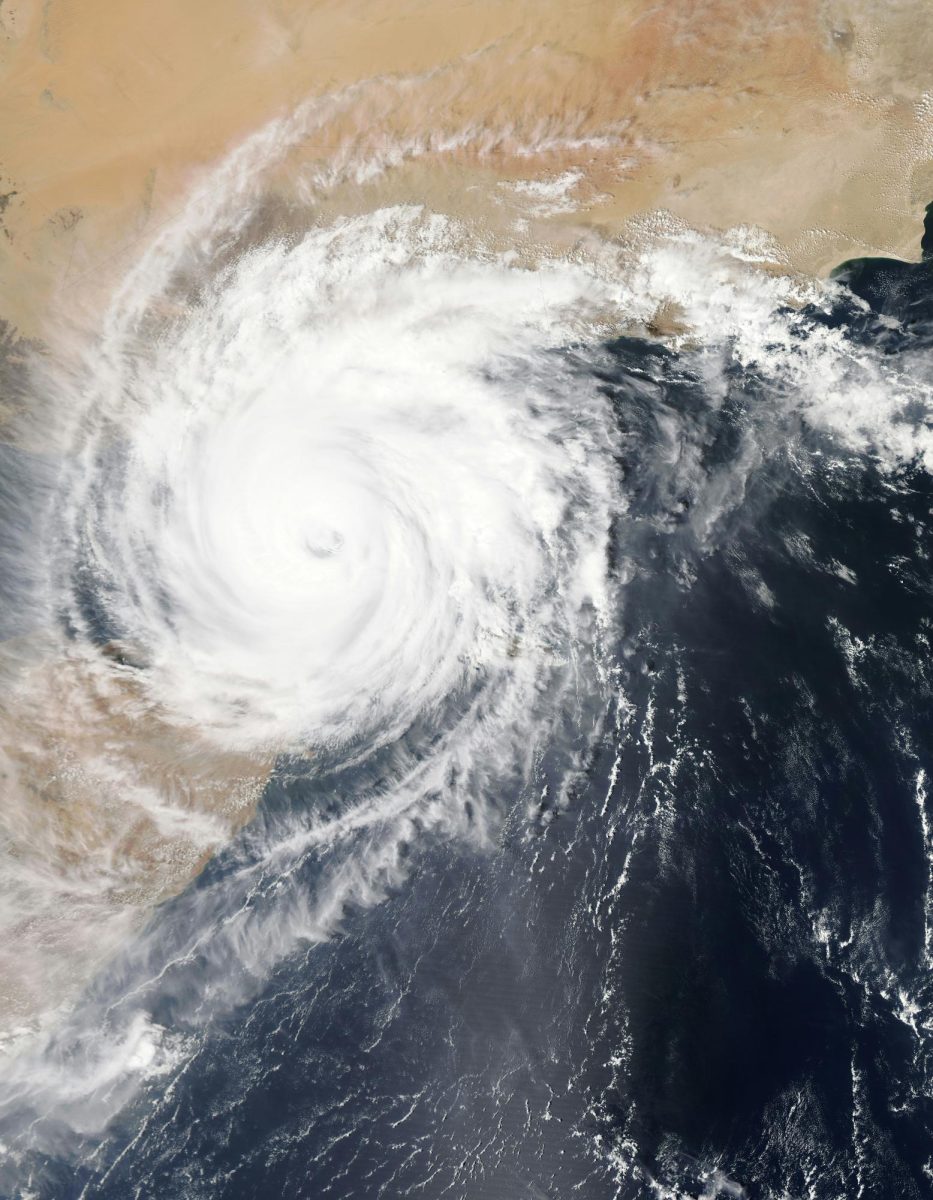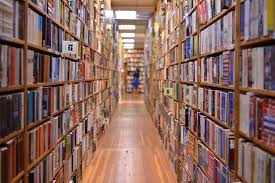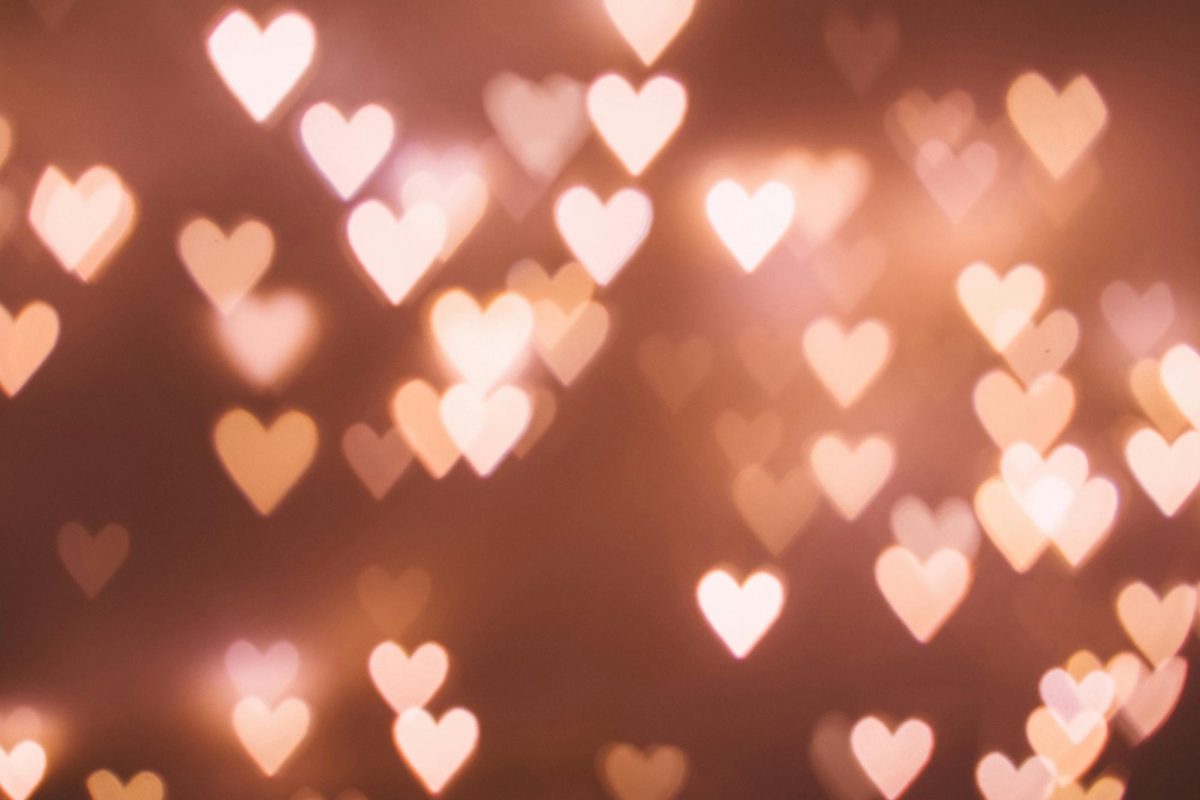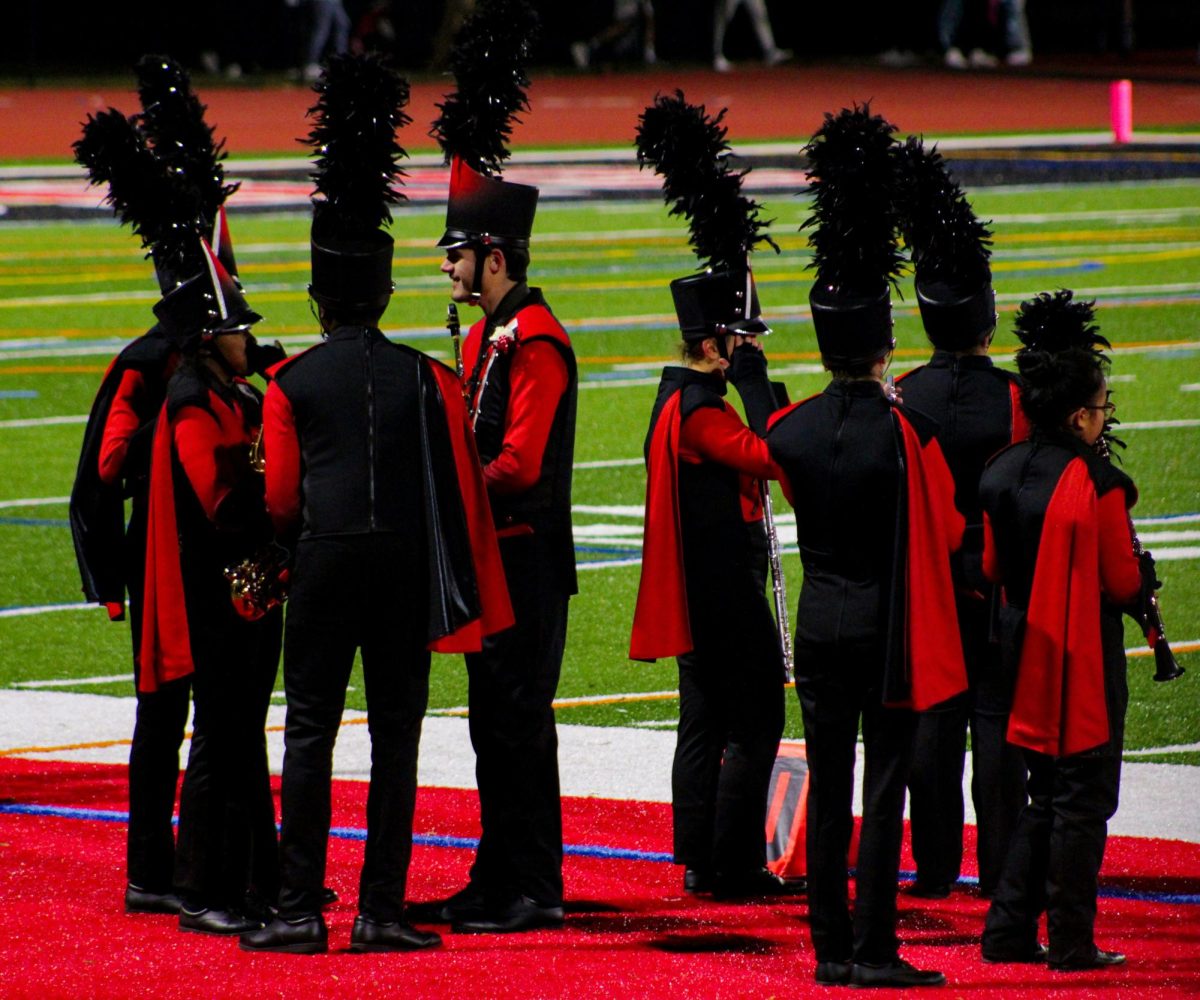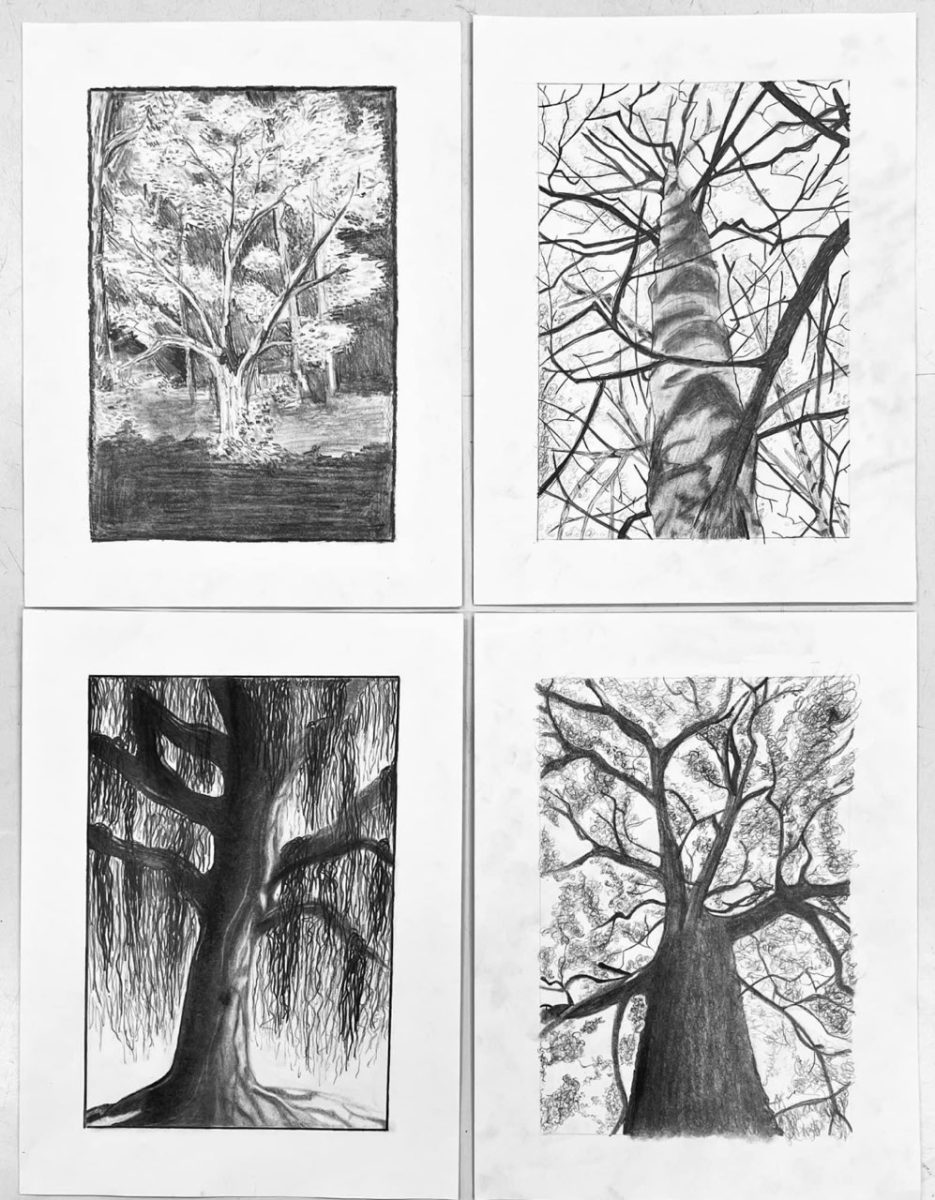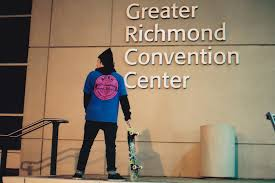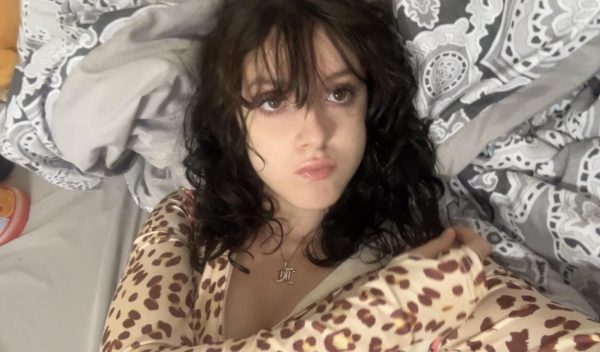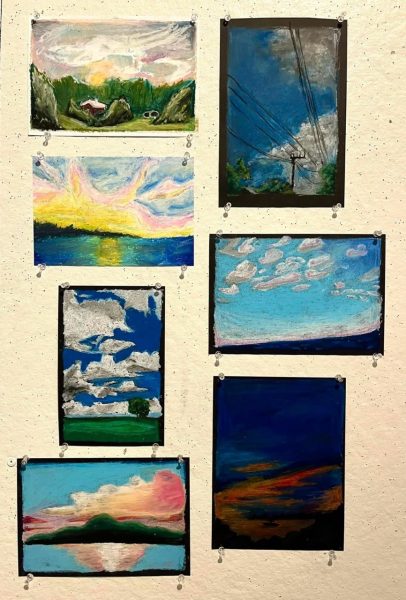
Art is so much more than most people choose to imagine; it is not something just cool or nice to look at; it goes much deeper. It is a universe where colors, movements, sounds, shapes, and ideas unite to portray something that can be emotional. It has this power to awaken emotions in people and give them a feeling they rarely feel. Student Lela Schlangen states, “I’ve been doing art since I was a child; it started out as just drawing, but I do a lot more now.” When asked about how doing art makes her feel, she responded, “As I do it, it’s as if it takes me to a different place, a calmer one” Art can be used to interpret emotions, creativity, political or social opinions, historical events, imagination, etc. It can have one specific meaning or be up to the consumer’s interpretation. The artist’s intention doesn’t even need to be relevant to its interpretation; that’s what makes it so special. It doesn’t just have many interpretations; it has many forms as well. Many people think of art and simply think of painting, drawing, and sculpting. But art can be much more, such as music, performance, design, architecture, literature, theater, photography, pottery, and more. These different forms of art allow artists to portray their creativity and even themselves in a unique way. There are unlimited possibilities for what an artist can create or do. Visual arts give people a chance to do what feels like capturing moments in time. Performing arts seem to bring stories to life through the movement and sound they produce. The literary arts use speech and writing to bring words alive and paint pictures in our minds. A form of art many forget about, digital arts, uses technology and skill to make art just a click away on our phones. Each of these art forms has its own beauty; they allow the artist to express their ideas and feelings that people from different cultures and times can relate to. When we watch a film or listen to music, it can take us through a whole range of emotions. It can make us feel joy, sorrow, excitement, or even hate. Have you ever watched a movie that has you on the edge of your seat waiting to see what happens next or listened to a song with lyrics that you resonate with? That is art, but you don’t even realize it. Art transcends our inner thoughts and feelings in ways that some cannot comprehend. It can take people back to old memories, inspire people to have new views on the world and take us to a world in our minds that seems unreal. The beauty of art lies in the consumer and on how they take and view it. It lies in how each individual perceives the art. Its capacity to touch and create a real impact on our minds is one of the most beautiful things in this world.
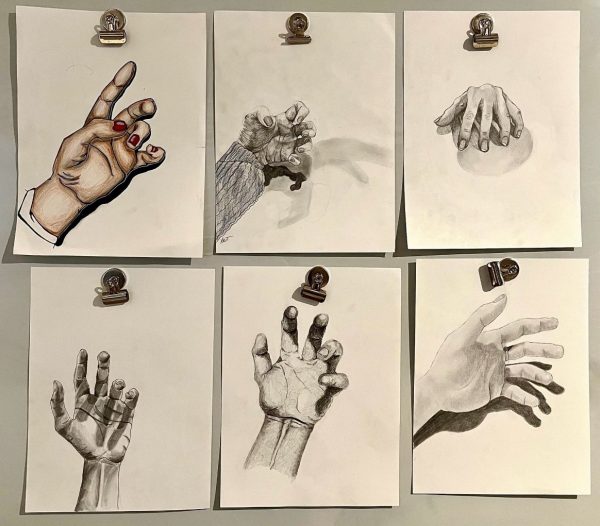
Art is so special that it’s been around for longer than civilization has. Prehistoric art, which dates back to over 40,000 years ago, consisted of cave paintings, carvings, and even small sculptures that were sometimes made with mammoth bone. Prehistoric art was how people illustrated their mindsets and daily lives. Ancient civilizations are the foundations for the world of art through pottery, architecture, sculptures, and more. Ancient Greece formed inspiring art forms like classical sculpture and theater and romanticized the human figure. It is believed that Greece shaped Western art. Ancient Egypt had glorious monuments, religious art, and hieroglyphics. Egypt established some of the arts’ most classic traditions. Ancient China, Perisa, and more early civilizations also paved the path for modern art. The Renaissance period saw the upbringing of interest in classical art once again. It focused on human anatomy, perspective, and was more about being detailed and true. It led to some of our greatest artists, such as Leonardo da Vinci, Michelangelo, and Shakespeare (Although some scholars believe that Shakespeare should be mostly categorized in the Elizabethan era). The 19th century came with iconic movements like Art Nouveau, Romanticism, and Symbolism. These movements created pieces that captured everyday life in a beautiful way. These art movements challenged the artistic norms and changed art forever. The 20th century had art movements focused more on pop art, abstract expression, surrealism, and in general, a less traditional way of doing things. The 20th century developed artists such as Picasso, Dali, and Pollock. Today, art continues to evolve to reflect the evolution of the modern world. It embraces abstraction and surrealism and competes with tradition. As you can see, the history of art is not just extensive but extremely important to the culture of many people, to the point where to this day we continue to nurture young artists’ minds. Society and education systems continue to evolve, allowing young artists to find a passion and develop their skills. They help nurture students by having dedicated art classes available, providing supplies, encouraging students to open their minds, and giving them an outlet for creativity. Schools also give students a chance to show off their talent and work out their skills by hosting student art shows. The teachers nurture creativity through art education. They guide students by teaching techniques and different art styles. Teacher Jeffery Burns responded to the question of how teaching makes him feel with, “It makes me glad to watch how far my students have come.” Teachers get to watch as their students grow in their skills and find a passion for art, which is truly special.



